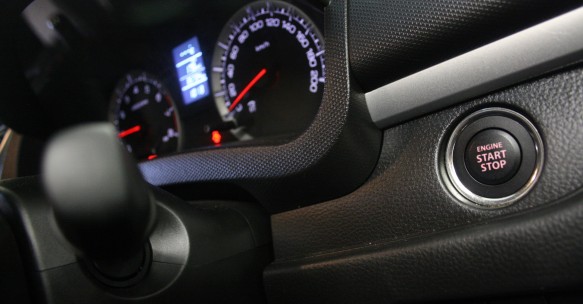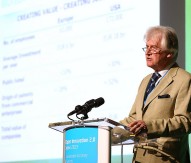
Scientists developing fatigue detection system
Scientists have been working on the development of a system able to measure a driver’s heartbeat and respiratory rate in order to prevent fatigue and sleepiness at the wheel.
Researchers from the Instituto de Biomecánica de Valencia (IBV), Spain, Eesti Innovatsiooni Instituut and the University of Manchester, UK, have been collaborating on the HARKEN project, funded by the European Commission’s Seventh Framework Programme (FP7).
It embeds a non-invasive sensor system into the seat cover and seatbelt of a vehicle. According to the IBV’s director of innovation markets in automobile and mass transportation, José Solaz, “the variation in heart and respiratory rate are good indicators of the state of the driver as they are related to fatigue”.
He explained: “When people go into a state of fatigue or drowsiness, modifications appear in their breathing and heart rate. HARKEN can monitor those variables and therefore warn the driver before the onset of symptoms of fatigue.”
The device “is an innovative solution because it measures both variables on a scenario affected by vibrations and user movements, by means of intelligent materials embedded into the seat cover and the seatbelt”. The system is intended to detect the effect of the heartbeat and respiratory activity, filtering and cancelling the noise caused by the moving vehicle elements, whilst calculating the relevant parameters that will be integrated into future fatigue detectors.
The outcome of this project is a fully functional prototype that allows anticipating the symptoms of fatigue associated with breathing and heart rate, and monitors this physiological activity, with the aim of reducing the number of accidents.
The system is based on three main components: the seat sensor, the seat belt sensor and the signal-processing unit, which processes the sensor data in real time. Because of its integration possibilities, they are invisible to the user.
Solaz explained that “the device has been tested by users in closed track tests in order to prove its effectiveness under real-life conditions”. Preliminary tests “have led to positive and reliable results;thus, Harken will help in the near future to reduce accidents”, he added.





